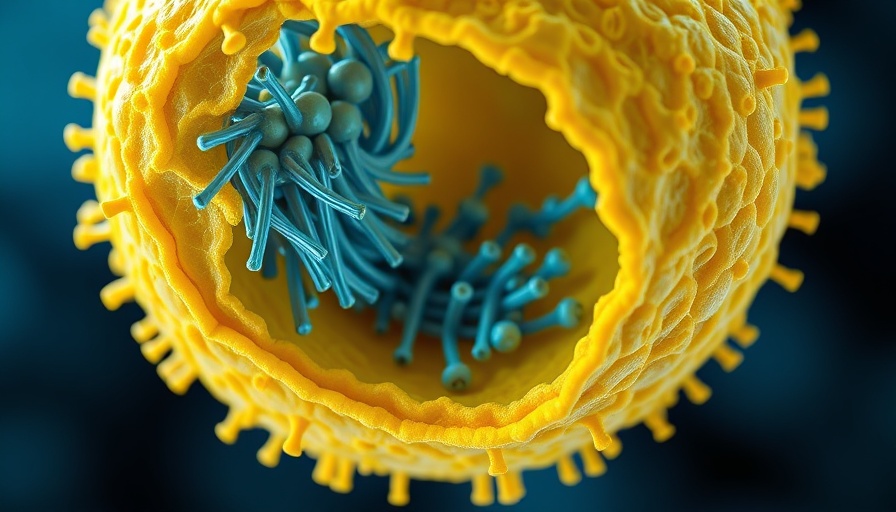
Revolutionary Advances in Stem Cell Modification
Recent research has unveiled a groundbreaking method of modifying stem cells that could enhance the prospect of cellular rejuvenation. Conducted by a team of innovative scientists, this study focuses on the use of niosomes—a type of vesicle made from non-toxic surfactants traditionally used in detergents—to transfect senescent mesenchymal stem cells (MSCs). This could pave the way for safer and more effective gene therapies in the fight against age-related degeneration.
Bridging Cellular Biology and Longevity
One significant challenge in gene therapy is the reliability of modifications in living tissues. Unlike cultured cells, which can be easily discarded if unsuitable, flawed interventions in live patients pose severe risks, including potential cancer development. Traditional methods often utilize viral vectors and liposomes. Although widely studied, these carriers can invoke substantial immune responses and toxic side effects. The introduction of niosomes presents a promising alternative, delivering genetic material without the associated risks of other strategies.
The Science Behind Niosomes
Niosomes differ from liposomes by exchanging standard phospholipids for polysorbate compounds. This unique composition might enhance the delivery of therapeutic genes while minimizing toxicity. Previous successful applications of niosomes in regenerative medicine, particularly in bone regeneration and retinal therapies, hint at their vast potential.
Innovations in Sourcing and Testing
The researchers utilized two separate populations of umbilical cord-derived MSCs that were intentionally induced to become senescent using the drug Palbociclib. They then tested multiple formulations of niosomes, combining them with a reporter DNA to evaluate the efficacy of different component ratios—specifically the inclusion of squalene or cholesterol alongside sucrose.
Initial results suggest that the interaction of sucrose with niosomes can greatly affect DNA protection and delivery. When combined with cholesterol, niosomes exhibited superior ability to stabilize and protect DNA, enhancing uptake in non-senescent cells. These findings highlight the importance of formulation in maximizing the efficacy of stem cell therapies.
Looking Towards the Future of Gene Therapy
This pioneering method not only offers a potential solution to the challenges of gene therapy but also paves the path for more research into the longevity and healthspan of individuals. The ability to efficiently modify senescent cells, in particular, could revolutionize treatments aimed at reversing age-related degeneration. Continuing exploration of niosome applications may lead to new anti-aging breakthroughs, thus expanding possibilities for those seeking to enhance their vitality.
Your Health and the Implications of Stem Cell Research
As health-conscious individuals, staying informed about the latest trends in longevity science can empower you to make proactive decisions regarding your health. Understanding these advancements can help you discuss and consider potential therapies that might enhance your healthspan and, ultimately, your quality of life.
With the evolving landscape of cellular biology and stem cell research, we encourage you to explore more about these developments and their implications for your health. Navigating the information can be overwhelming, but being knowledgeable puts you in a better position to understand your health choices.
 Add Row
Add Row  Add
Add 




Write A Comment